![A box of baking soda with a small dish of baking soda in front of it.]() What is baking soda?
What is baking soda?
Baking soda is a chemical leavener also known as bicarbonate of soda, or sodium bicarbonate. It is an alkaline base that is activated when it comes into contact with an acidic liquid. When this interaction occurs, the baking soda gives off carbon dioxide, also known as … bubbles. These bubbles help our baked goods to rise as they bake in the oven.

What is baking powder?
Baking powder is also a chemical leavener that is made up of baking soda, a dry or powdered acid (like cream of tartar) and an inert stabilizer (like cornstarch), which works to absorb moisture and keep the baking soda and acid from interacting before it’s time. When you mix baking powder with a liquid, the dry acid becomes liquid and activates the baking soda which then gives off the carbon dioxide… bubbles. Baking powder, however, is double-acting and emits more bubbles when it gets hot. It reacts first with the liquid and second with the heat.
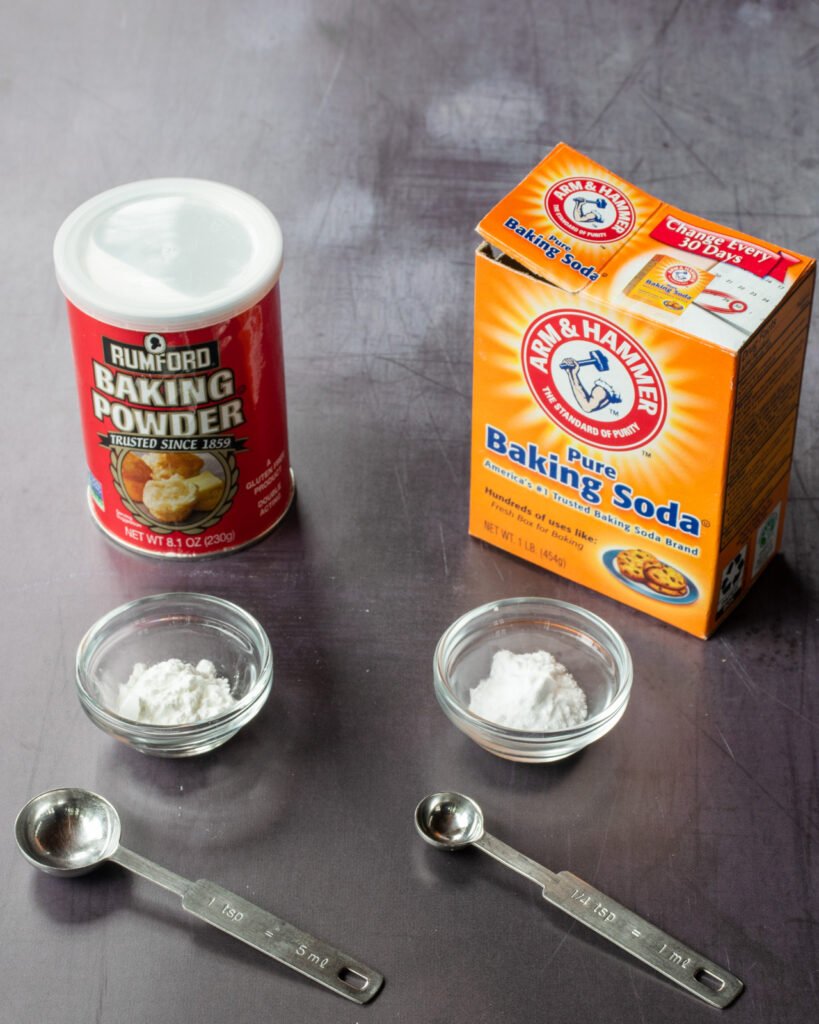
What’s the difference?
The difference is that baking soda needs an acidic liquid in order to work, whereas baking powder will be activated by any liquid the first time, and then is activated a second time when it goes into the oven. What this means to you as a cook is that when you’re making a recipe with baking soda, you need to get your batters into an oven as soon as you can after the ingredients are mixed together. With recipes that use baking powder, you have a little more leeway because the baking powder will react a second time when the batter gets hot.
Another difference between the two is that baking soda is four times stronger than baking powder. This is good to know when trying to substitute one for the other – more on that below.
When to use which one?
Because baking soda needs acid in order to be activated, you’ll usually find it in recipes that have an acidic ingredient, like the buttermilk in Brown Irish Soda Bread. Baking powder does not need any acid and is often used when the recipe has no acidic ingredient, like the dumplings in Chicken and Dumplings. You might also use baking powder when you don’t want to neutralize the flavor of an acidic ingredient by using baking soda. For instance, when making buttermilk biscuits or buttermilk waffles you want a little tang of the buttermilk so you use baking powder instead of baking soda.
Sometimes both are used in a recipe. When there is not enough acid included in a recipe, you can’t just add more baking soda because it will give your finished product a metallic taste. Instead, baking powder is added in addition to the soda.
In short, everything needs to be in balance. Too much baking soda will give you a metallic taste, while too much baking powder will end up with a bitter taste. The leaveners need to be in balance with the amount of acid and the overall volume of the recipe. Bottom line… follow your recipe!
Can you Substitute One for the Other?
The quick answer is “no”. It’s not recommended to substitute one for the other because it will change the flavor, texture and color of the food. Having said that, in a pinch you can create substitutes as long as you know the end result will not be exactly as intended.
Because baking soda is four times stronger than baking powder, if you don’t have baking soda on hand use four times as much baking powder.
If you don’t have baking powder, you can use baking soda as long as you also add an acidic ingredient to activate the soda. In simpler terms, you can make your own baking powder! See the chart below to see the formula for three common substitutions.
| Ingredient | Quantity | Substitution |
| Self-rising Flour | 1 cup | 1 cup all-purpose flour + 1½ tsp baking powder + ¼ tsp salt |
| Baking Powder | 1 teaspoon | ¼ tsp baking soda + ½ tsp cream of tartar + ¼ tsp cornstarch |
| Baking Soda | 1 teaspoon | 4 tsp baking powder |
How to Test Baking Soda and Baking Powder
Both baking soda and baking powder do expire over time, so the first step in checking to see if your leavener is still active is to check the expiration date on the package. Still, that doesn’t necessarily give you a definitive answer. There are two very simple tests that you can do, however, to know for sure if your chemical leavener is going to work in your baking, and it’s important to do this before you bake and waste the other ingredients.
To test baking powder, add 3 tablespoons of warm water to ½ teaspoon of baking powder. It should fizz to show it is active.
To test baking soda, add 3 tablespoons of white vinegar to ½ teaspoon of baking soda. It will also fizz vigorously to show it is active.
You can see examples of both these tests in the video below.
Storing Baking Soda and Baking Powder
Most baking powder comes in an airtight container with a lid, but baking soda is often sold in boxes with a flap that doesn’t re-seal properly. Both should be stored in an airtight container, so keep your baking soda in a zipper sealable plastic bag. Otherwise, it can absorb odors from its environment. Absorbing odors is actually a common use of baking soda, but you don’t want to use that in your baking.
You made it to the bottom of a very scientific article!! Well done! All of the above is explained in the video below.
Quick Notes:
- Both are leavening agents which are used to help baked goods rise for light and fluffy results.
- Baking soda = bicarbonate of soda. When mixed with an acidic liquid it is activated and releases carbon dioxide.
- Baking powder = baking soda + a dry acid (like cream of tartar) + an inert stabilizer (like cornstarch). When mixed with any liquid, the acid and baking soda react and release carbon dioxide. Baking powder is activated a second time when heated, hence the term double-acting baking powder.
When to Use
- Baking soda is usually used in recipes that have an acidic ingredient.
- Baking powder is used in recipes that don’t have acidic ingredients.
- Sometimes both are used in recipes that don’t have enough of an acidic ingredient OR in recipes where you don’t want to neutralize the acid because it adds flavor. In this instance, adding baking soda would neutralize the acid.
Can you Substitute One for the Other?
- It’s not recommended to substitute one for the other because it will change the flavor, texture and color of the baked good, but it can be done.
- To substitute baking powder for baking soda, you will need to use 3 to 4 times as much. 1 tsp baking soda = 3 to 4 tsp baking powder (but can create a bitter taste)
- To substitute baking soda for baking powder you will also need to add an acidic ingredient to activate the baking powder. Make your own baking powder by using cream of tartar and baking soda. 1 tbsp baking powder = 1 tsp baking soda + 2 tsp cream of tartar
How to Test Baking Soda and Baking Powder
- Both do expire over time, so check the expiration date on the package.
- Test baking powder by mixing ½ tsp baking powder with 3 tablespoons of warm water. If it fizzes the powder is active.
- Test Baking Soda by mixing ½ tsp of baking soda with 3 tablespoons of vinegar. If it bubbles up the soda is active.
Storing Baking Soda and Baking Powder
- Store both in airtight containers or zipper sealable plastic bags.

 What is baking soda?
What is baking soda?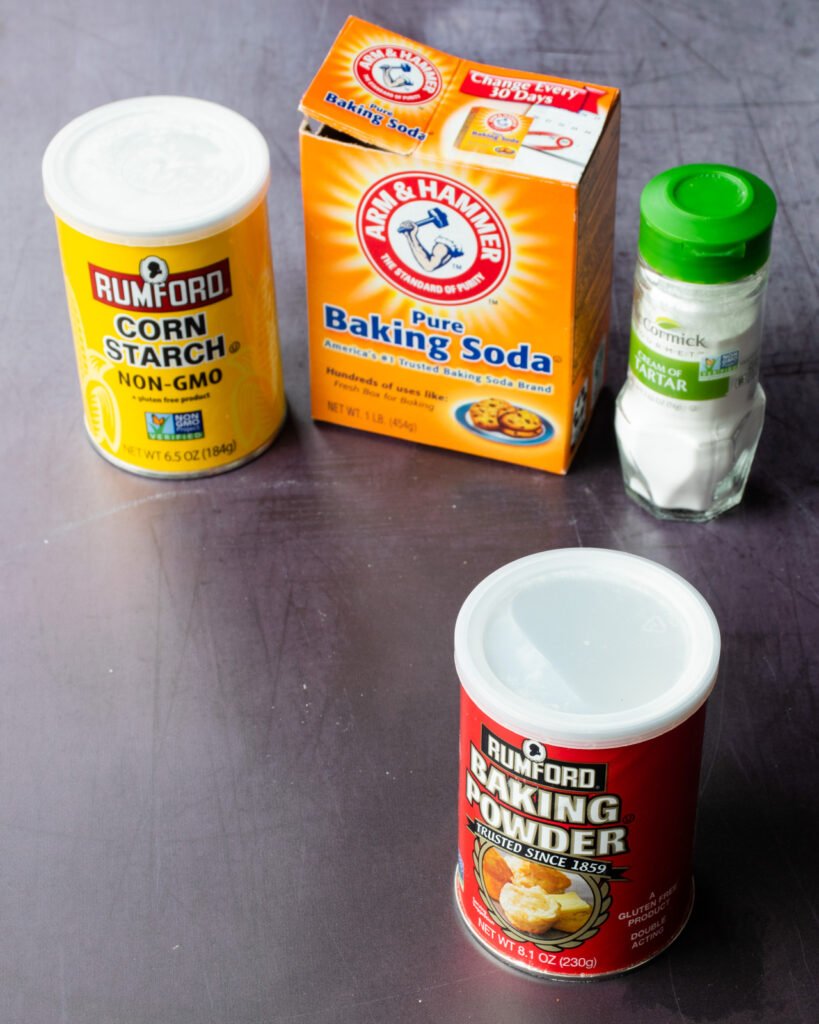

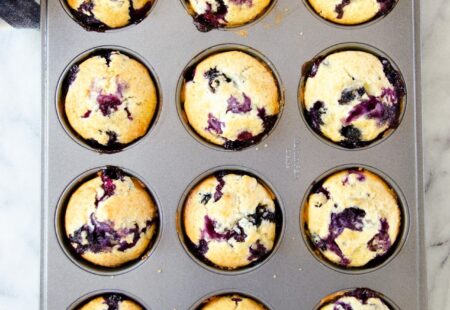
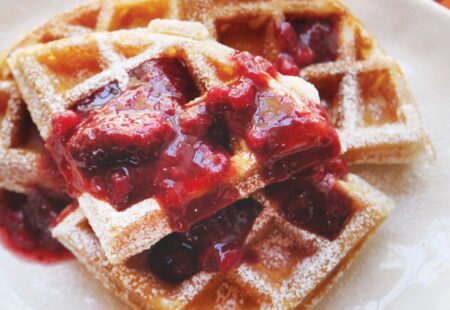

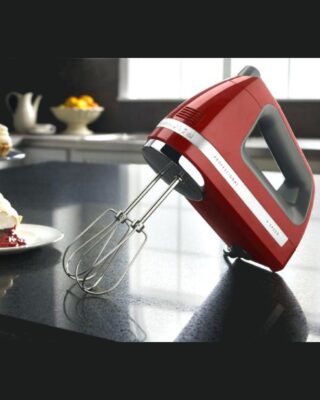
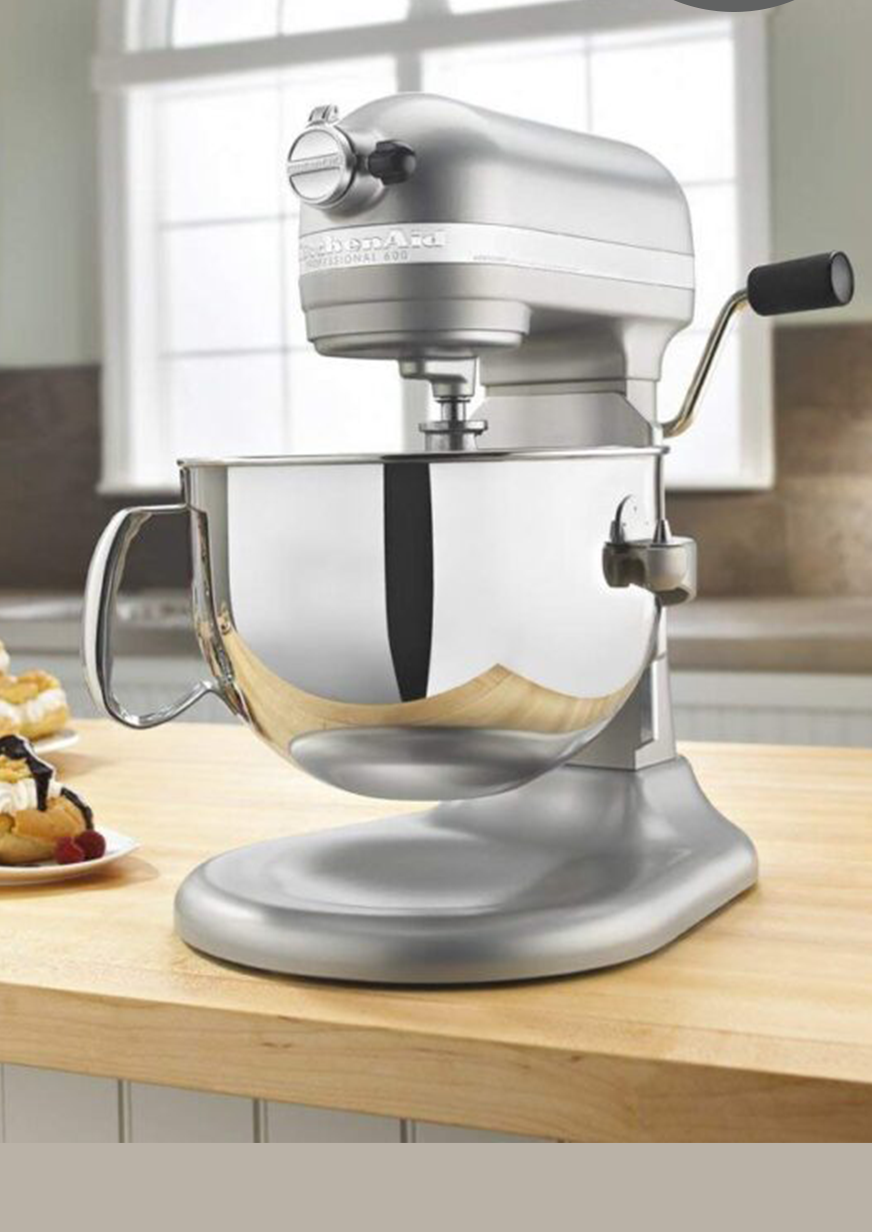

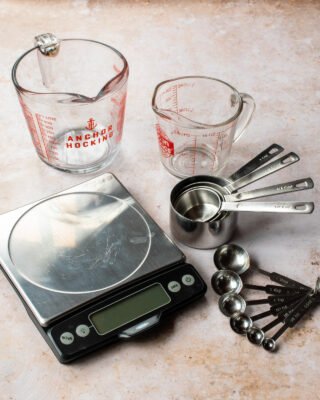


Meredith,Does baking soda or baking powder make the biscuits rise so plump and fat. I can never get my biscuits to rise fat and plumpy. Thank You Love your site.
Hi Kate. I use self-rising flour in my biscuits, which includes baking powder and salt. I find that soft wheat self-rising flour makes the most tender biscuits.
Hi, whilst baking cakes, I notice that the cake has a bump in the center and it is not even on top. How to avoid the bump….or how to have an even levelled top of the cake…. Thank you.
Cakes will naturally dome in the middle of the pan because the edges bake quicker. You can use insulated baking strips around the cake pans to avoid this or try spinning the cake pan around in a fast motion a few times before baking. This will cause the batter to move to the outer edges of the pan which will help it bake more evenly. After baking, you can always trim the top of the cake off to get a flat leveled cake.